How to set up aircraft equipment codes in aviation apps to file VFR/IFR flight plans
iPad Pilot News
JANUARY 21, 2025
requests detailed information about your airplane’s navigation, communication, surveillance (transponder) and survival equipment. You can also use the “S” code if you have the standard configuration of VOR, VHF radio and ILS receiver. If your radio has 8.33 122.975 vs. 122.97), select that option as well.



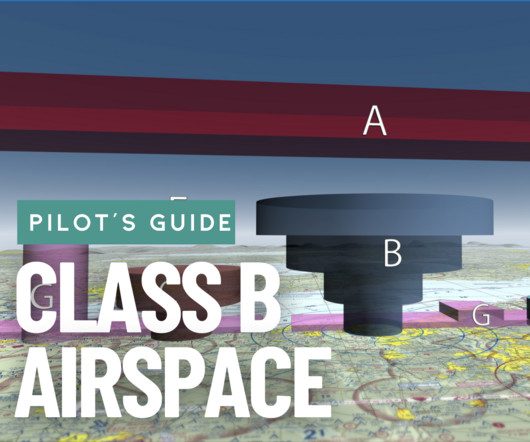
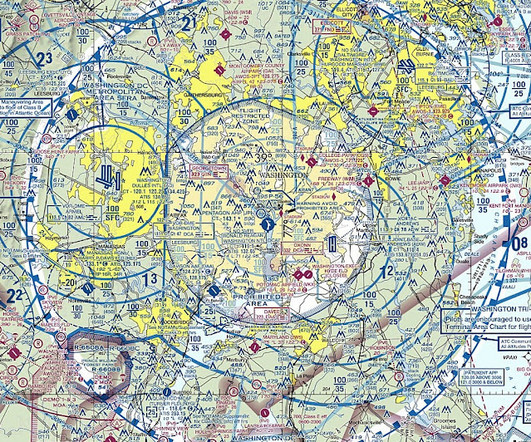
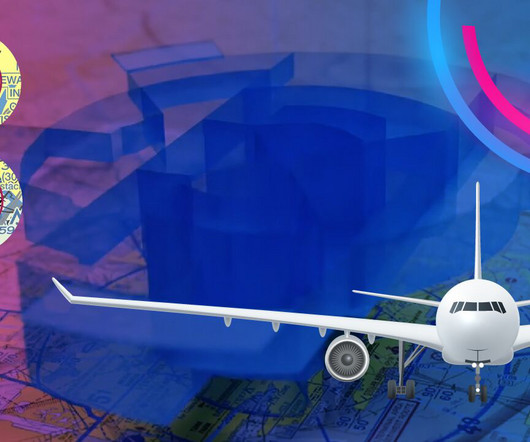
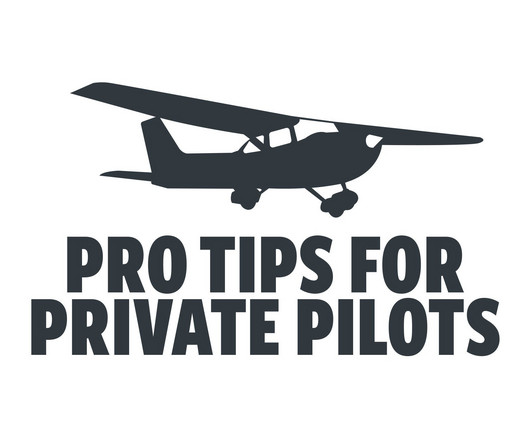


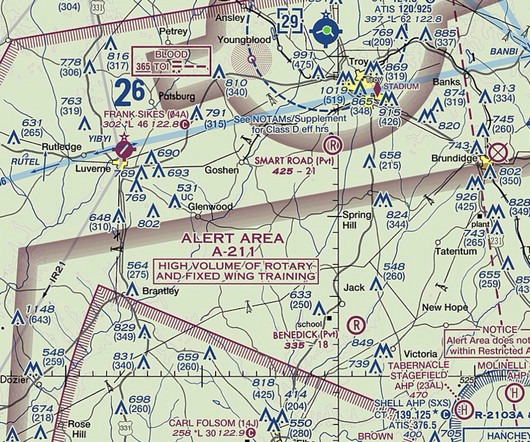






Let's personalize your content